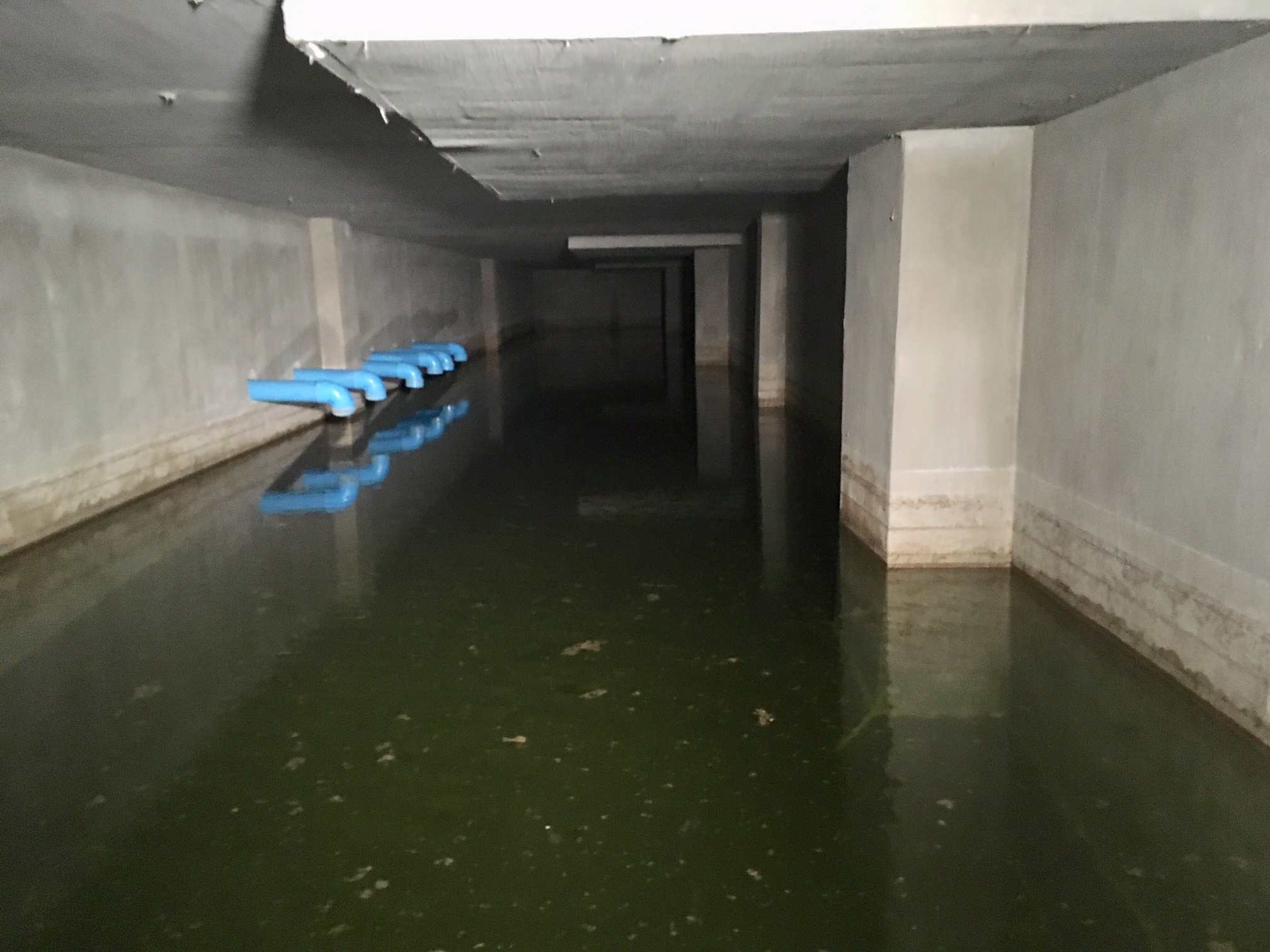
World
22:28, 13-Nov-2018
Bangkok's 'secret weapon' stops the city from sinking
Updated
21:44, 16-Nov-2018
CGTN's Martin Lowe

Bangkok is sinking – at an alarming rate.
As urban development continues unabated, the city of 12 million people is getting lower by two centimeters a year. Meanwhile, the surface of the sea in the Gulf of Thailand is rising by four millimeters a year.
The memory of Thailand's worst-ever floods in 2011, in which more than 500 people died and 13 million were severely affected, looms large.
As changing climates cause sea levels to rise, communities across the globe are bracing for similar disasters. Bangkok is just one-and-a-half meters above sea level, and as water is pumped out of the ground to enable development, the weight of the buildings is causing the city to sink.
Some forecast it could be under water by the middle of the century.

Architect Kotchakorn Voraakhom is alongside the underground tank. /CGTN Photo
Architect Kotchakorn Voraakhom is alongside the underground tank. /CGTN Photo
Drastic times call for drastic measures, and a Bangkok architect has worked out one possible solution.
Centenary Park in the city center is an oasis of grass and trees in the concrete metropolis. But its most unusual feature remains hidden from view – a series of underground tanks which between them can hold up to a million gallons of floodwater.
“The idea comes from seeing the bigger picture of the city, everyone knows Bangkok is a city at risk in terms of water,” said the architect who created the park, Kotchakorn Voraakhom. “The design of this public space is about how we live with water – rather than getting rid of it.”
The park has been built to slope downwards, channeling rainwater into the underground tanks where it is retained until flooding subsides.
Kotchakorn said her design was in part inspired by the monkey cheeks' water storage initiative, suggested by Thailand's late king, Bhumipol Adulyadej.

The Centenary Park has a series of underground tanks which between them can hold up to a million gallons of floodwater. /CGTN Photo
The Centenary Park has a series of underground tanks which between them can hold up to a million gallons of floodwater. /CGTN Photo
Just as monkeys fill their cheeks with food to eat later, the monarch encouraged a plan to prevent flooding by utilizing open land to temporarily store water.
“We can store the water in the tanks under the park until public drains are able to take it,” said Kotchakorn “Every drop of rain from this area will be contained.”
A big part of the problem in Bangkok is construction.
There are so many buildings going on that there is hardly any open space left for rainwater to drain naturally. Twenty years ago, 40 percent of Bangkok was open land while today it is less than 10 percent.
Kotchakorn said her park has two benefits: It provides much-need open space and helps to tackle flooding.

In the Centenary Park, water is stored underground. /CGTN Photo
In the Centenary Park, water is stored underground. /CGTN Photo
“Bangkok ranks the lowest public space per capita of any major Asian city,” she said. “We really need more public space and if that can also tackle the climate challenge these two things can go together."
"We are living in a delta city and flooding is part of our nature, we really need to shift our mindset of how we live with water in this city,” she added.
Bangkok has realized it must take flooding seriously.
It has announced a raft of further measures: It is constructing flood barriers and tunnels, dredging and enlarging canals, and is looking at schemes to retain flooding in rice fields outside the city to protect the capital.
A second flood park like Centenary – with an even-bigger underground water tank – is already under construction.
(Cover Photo: The Centenary Park slopes so rainwater can drain into the tank. /CGTN Photo )

SITEMAP
Copyright © 2018 CGTN. Beijing ICP prepared NO.16065310-3
Copyright © 2018 CGTN. Beijing ICP prepared NO.16065310-3